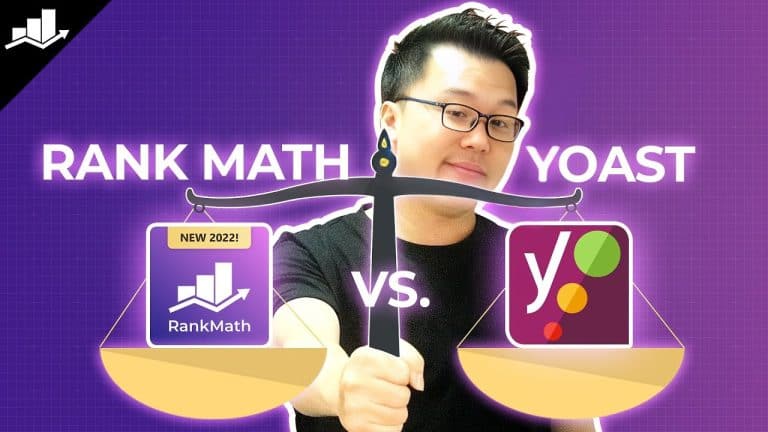Fixing Discovered and Crawled, Currently Not Indexed Issues in Google Search Console
Identifying Indexing Issues
If you’ve noticed pages on your website falling into the “Discovered – Currently Not Indexed” or “Crawled – Currently Not Indexed” categories in Google Search Console, it’s important to understand the difference between the two and how to address each issue.
Discovered – Currently Not Indexed
This means Google is aware of the pages but hasn’t crawled them yet. This is not necessarily a serious issue – it simply means Google needs more time to process and index the new content. If there are only a few pages in this category, you can inspect the URLs and request indexing. However, if the pages have been lingering here for a prolonged period, there may be other factors causing the delay.
Crawled – Currently Not Indexed
This is more serious, as it indicates Google has crawled the pages but decided not to index them. This could be due to a quality issue with the content or other technical problems with the pages.
Fixing Discovered – Currently Not Indexed Issues
If your pages are in the “Discovered – Currently Not Indexed” category, there are a few things you can do:
- Check for server overload: If your server is overloaded, it can make it challenging for Google to crawl your pages efficiently. Speak with your web hosting provider to ensure your server can handle the traffic.
- Manage content volume: If you have an overwhelming amount of content, such as e-commerce product pages or user-generated content, it can be difficult for search engines to crawl and index everything. Consider using robots.txt to prevent indexing of certain pages, like filter or category pages.
- Improve internal linking: Search engines discover pages through links, so if a page has little to no internal links pointing to it, Google may not consider it as important. Review your internal linking structure and add links to these “orphan” pages from relevant content.
- Check for duplicate content: Use a tool like Siteliner to identify any pages on your site that have significant duplicate content. Canonicalize or redirect these pages to the main version to avoid confusion for search engines.
Fixing Crawled – Currently Not Indexed Issues
If your pages are in the “Crawled – Currently Not Indexed” category, it means Google has already crawled them but decided not to index them. This is usually due to quality issues with the content:
- Identify low-quality pages: Examine the pages in this category and determine if the content is thin, outdated, or duplicated. These are likely the reasons Google has chosen not to index them.
- Improve content quality: For pages that should be indexed, work on improving the content quality by adding more valuable information, removing duplication, and ensuring the page provides a good user experience.
- Redirect or remove low-quality pages: If a page is truly low-quality and not worth keeping, consider redirecting it to a more relevant, high-quality page using a 301 redirect. Alternatively, you can remove the page entirely.
- Check Rank Math settings: Ensure the “nofollow” meta tag is unchecked in both your Rank Math global settings and the individual page settings. This tells search engines to follow and analyse the relevance of the page.
- Request indexing: After making the necessary improvements, go back to Google Search Console, inspect the URL, and request indexing to let Google know the page is ready to be included in the index.
Conclusion
Addressing indexing issues in Google Search Console is crucial for ensuring your content is visible and ranked in search results. By understanding the differences between “Discovered – Currently Not Indexed” and “Crawled – Currently Not Indexed” issues, and following the steps outlined in this blog, you can effectively troubleshoot and resolve these problems, leading to improved search engine visibility and increased organic traffic to your website.






